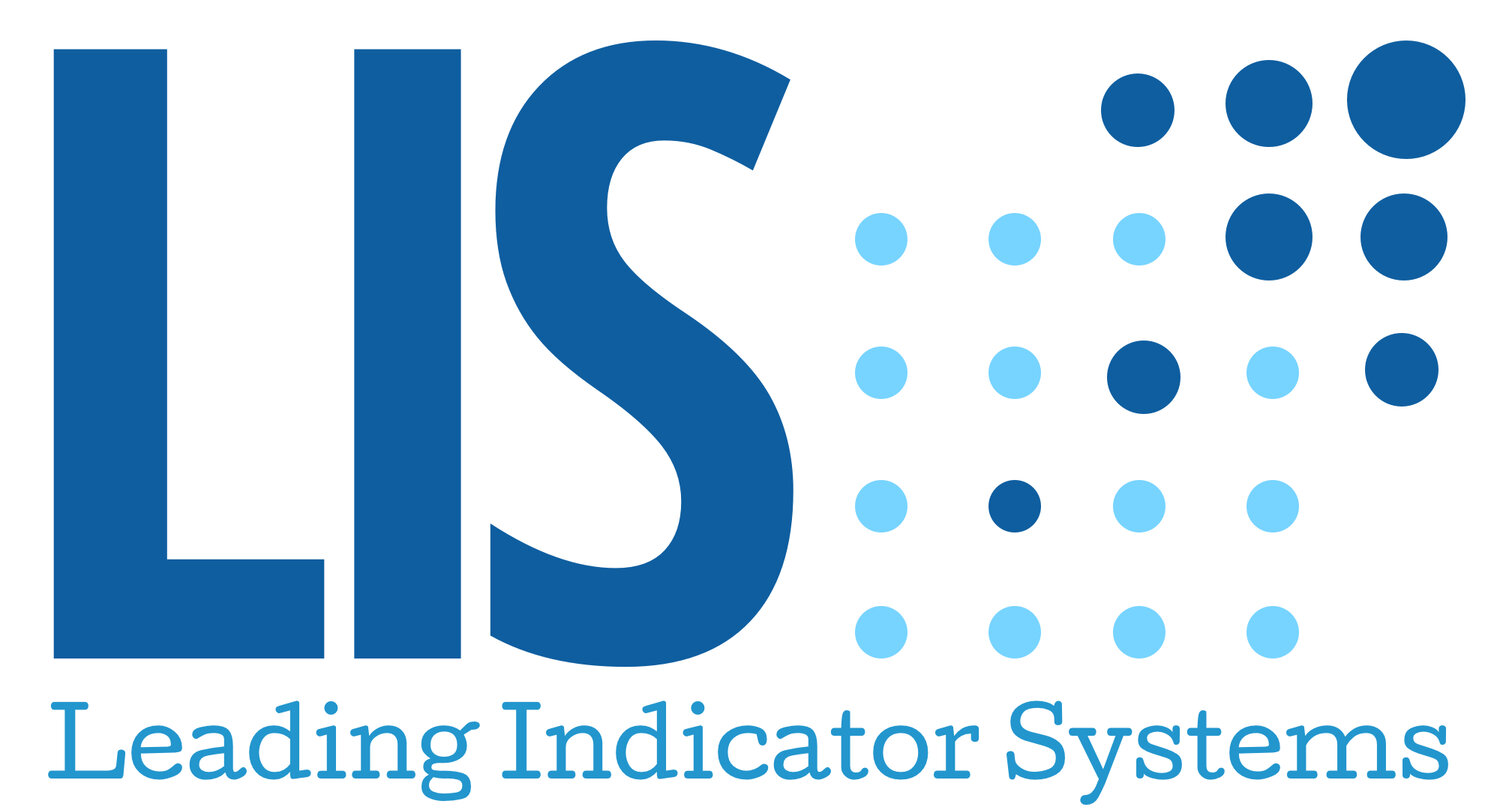
Are you Building a Virtuous Circle of Leadership?
Senior executives are passionate about results, but still shy away from developing others. Could a virtuous circle allow them to do both?
When asked to rate themselves on measures of leadership excellence, most executives—including those at the recent Vanguard Forum for Healthcare Leaders—show confidence on almost every count. They give themselves high marks for their strategic thinking, their ability to lead with vision, their interpersonal relationship skills, and, most particularly, their passion for results.
What they’re not so sure about, it seems, is their skill at that other crucial component of leadership, developing people. In a self-assessment taken before the Forum, participants graded themselves a C on people development—a full letter grade lower than on any of the other leadership competencies. My firm, which specializes in human capital assessment, has observed this same pattern over and over across years of research and many groups.
And Forum participants cited this issue more than any other in response to the prompt, “I should start doing X,” with answers like, “focusing on the growth and development of my team,” “stepping back and letting my team apply their skills,” and “delegating more.”
So why are so many executives falling short in developing people? Probably because the practice rarely plays much of a role in an executive’s career advancement—and therefore, in the words of one Forum participant, “it’s not in our DNA.” Entry-level success is largely based on excelling at functional skills (designing, producing, selling, etc.); you’ve probably heard the lament that they promoted the best salesperson to be sales manager. Similarly, mid-career success is typically based on management skills (planning, budgeting, tracking, etc.). How often does the manager who failed to deliver on-budget get the C-suite nod?
It’s not that executives don’t recognize the importance of developing others, especially as they move up; having climbed the corporate ladder by delivering results, the executive now realizes that success is increasingly dependent on the performance of others. In fact, developing others—fostering the learning and growth needed to extend and accelerate business success—is the “delivering results” of high-level leadership. As one participant said at the Forum, real leaders “develop great people, and surround themselves with people as smart as or smarter than they are, and they work to get the B+ up to A.”
We explored this challenge further during a Forum table exercise with the prompt, “What challenges explain your lack of confidence developing others?” The list of answers included too little time to provide feedback, discomfort with or poor skills in providing it, and a culture that doesn’t support it, to name a few. When the table exercise turned to potential solutions, the list was a lot shorter.
The two things we heard most often in the table exercise, and in participants’ self-assessment comments, were I have no time and I need to delegate more—classic problems that often leave executives feeling hamstrung. But considering them together suggests the way out of both: By investing a relatively small amount of time up front, the executive can provide development opportunities for their team via structured delegation, thereby freeing up a great deal more time while also establishing a structure that will make feedback a lot easier to give—a virtuous circle.
It sounds easy, but delegating takes courage and commitment: the courage to step back and trust, and a commitment to accepting responsibility, and probably more work, in the event of failure. Likewise, even with well-defined objectives in place, providing feedback requires the courage to engage in honest dialogue and the commitment to follow through with guidance and additional feedback over time.
Still, there are ways to make it easier. A senior partner in a prestigious law firm has employed this virtuous circle for years, developing four generations of new partners and building an industry-leading global practice. “I realized early on that we couldn't grow our business without growing our people,” she told me, “but the work was so demanding that there was virtually no time for development. We had to find a way to foster the growth within the work via stretch assignments.” Conditions were set on these assignments, mostly project leadership roles, that mitigated risk from the outset: any associate under consideration had to demonstrate that they knew their day job cold (in short, they had to have earned the opportunity) and the assigned projects had to be of lower-than-average complexity. Each assignment began with a well-structured project plan and included weekly check-ins and an “always there in a pinch” assurance to the associate.
Otherwise, though, the partner stayed out of the assignment and the associate ran with it, usually with great success.
“Initially, it was hard to deal with the loss of control,” the partner said. “After all, we’re all type-A, take-charge personalities.” Plus, “there was a part of me that didn’t want to take on the extra work, even if I knew it’d be worth it in the long run. It’s so easy to convince yourself you’re too busy fighting fires to make time for this kind of proactive work.”
“But gradually, we realized that the sky wasn’t falling,” she added, “and we were able to cut the time to partner-readiness by almost a third. We were focusing on more strategic client and firm business, and our associates were ready one, two or three years faster to take on big assignments. It paid off in a big way.”
What’s your potential virtuous circle, and what can you do today to start creating it?
John Penrose is the CEO of Leading Indicator Systems, a full-service human capital assessment firm, and a Vanguard Network faculty member.


